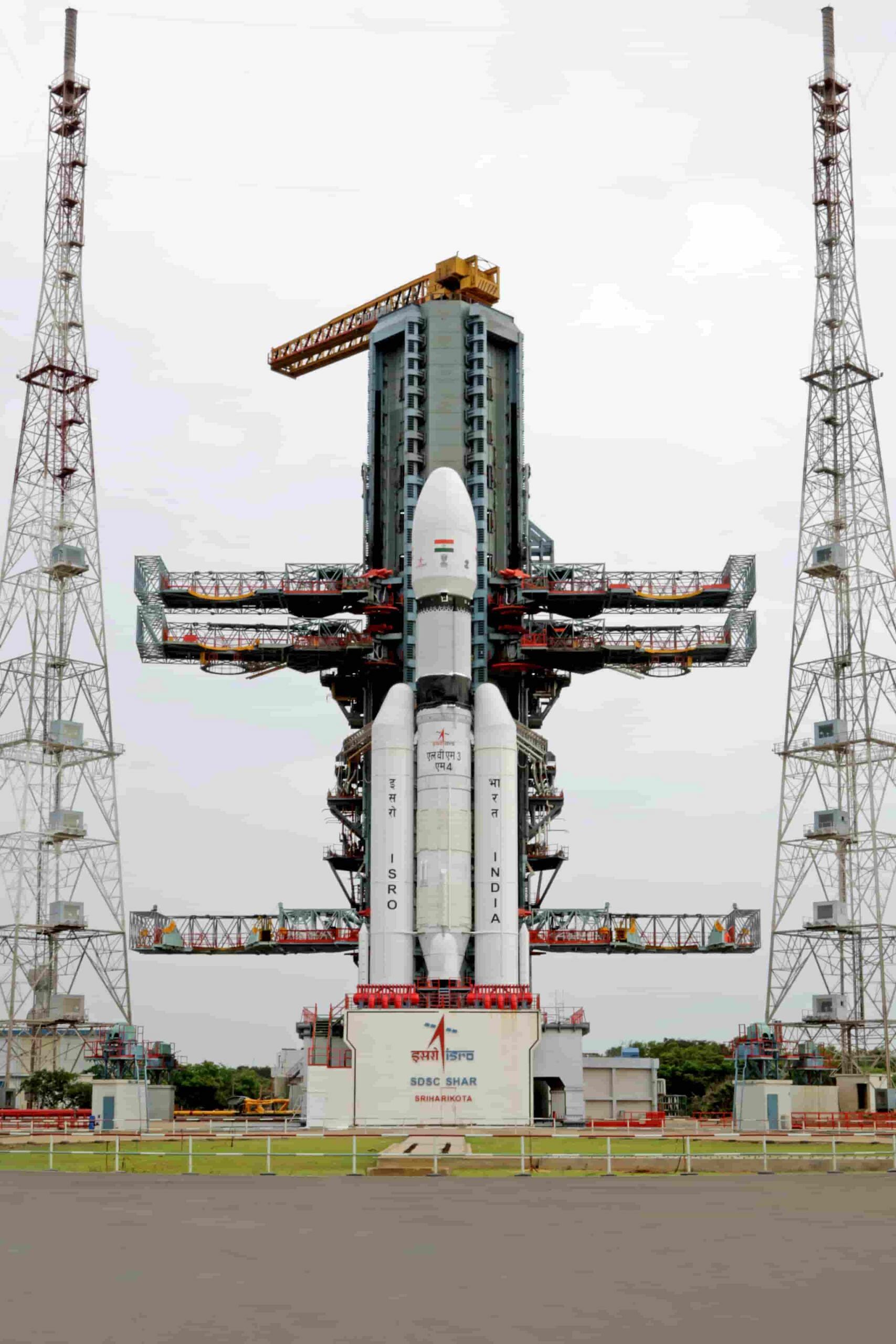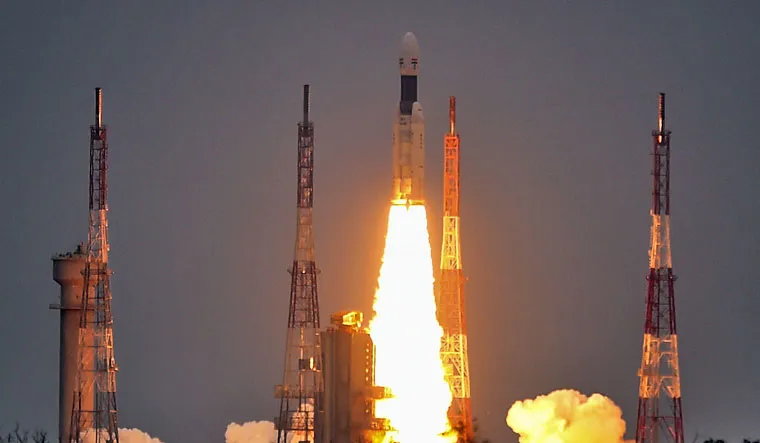Chandrayaan-3, the highly anticipated lunar mission by the Indian Space Research Organization (ISRO), has generated immense curiosity and excitement among space enthusiasts worldwide. Building on the success of its predecessors, Chandrayaan-1 and Chandrayaan-2, this mission aims to further expand our knowledge of the Moon and pave the way for future space exploration endeavors. In this comprehensive article, we delve into the intricacies of Chandrayaan-3, its objectives, technical advancements, and the potential impact it may have on the scientific community.
Unveiling the Objectives of Chandrayaan-3
Chandrayaan-3 carries a multifaceted set of objectives that encompass scientific research, technological advancements, and international collaborations. Let’s explore some of the key goals of this groundbreaking lunar mission:
- Lunar Surface Exploration: Chandrayaan-3 aims to conduct detailed investigations of the lunar surface, studying its topography, mineralogy, and elemental composition. By gathering crucial data, scientists hope to gain a deeper understanding of the Moon’s origin and evolution.
- Sample Collection and Analysis: Building upon the achievements of Chandrayaan-2, the mission intends to collect lunar soil and rock samples for extensive analysis. These samples have the potential to unlock vital information about the Moon’s geological history and its potential for supporting future human missions.
- Technological Advancements: Chandrayaan-3 endeavors to demonstrate cutting-edge technologies and engineering prowess. It will serve as a platform for testing innovative instruments and equipment, enabling the development of more sophisticated and robust systems for future space exploration missions.
“Chandrayaan-3 is expected to reach the lunar surface on August 23 or 24, 2023.”
Technical Innovations Driving in This Remarkable Journey
To accomplish its ambitious goals, Chandrayaan-3 incorporates several technical advancements that elevate its capabilities beyond its predecessors. Let’s take a closer look at some of the groundbreaking features of this lunar mission:
- Improved Lander and Rover: An enhanced lander and rover system designed to withstand the challenging lunar environment. With upgraded scientific instruments and increased mobility, these components will enable more extensive exploration and data collection.
- Enhanced Communication Systems: The mission incorporates state-of-the-art communication systems to ensure seamless transmission of data between the lunar spacecraft and Earth. These advancements will significantly enhance the efficiency and reliability of data transfer, enabling real-time analysis and decision-making.
- Precision Landing Technology: Chandrayaan-3 will leverage advanced precision landing technology to achieve pinpoint accuracy during the descent and landing phase. This capability is crucial for accessing scientifically intriguing regions of the Moon and avoiding potential hazards.
The Global Scientific Collaboration
Chandrayaan-3 represents not only India’s ambition but also a testament to global scientific collaboration. ISRO has been actively engaging with international space agencies, including NASA and ESA, to foster cooperation and knowledge sharing. This collaboration brings together a diverse pool of expertise and resources, enabling scientists worldwide to contribute to the success of the mission.
The Potential Impact and Future Prospects
The impact of Chandrayaan-3 extends far beyond its immediate objectives. By pushing the boundaries of scientific knowledge and technological advancements, this mission has the potential to catalyze future space exploration endeavors. Some of the potential impacts and future prospects include:
- Human Lunar Missions: Chandrayaan-3’s achievements will serve as a stepping stone for future human missions to the Moon. By acquiring invaluable data about the lunar environment and resources, it will contribute to the development of sustainable habitats and infrastructure to support long-duration manned missions.
- Inspiring the Next Generation: The journey of Chandrayaan-3 captivates the imagination of young minds and instills a passion for science and space exploration. It acts as a catalyst for nurturing scientific temper and inspiring students to pursue careers in STEM fields.
- Advancing Space Technology: The technological advancements demonstrated by Chandrayaan 3 will have a ripple effect on space technology. From improved propulsion systems to advanced communication networks, these innovations will find applications in various spheres, ranging from satellite deployments to deep space missions.
#Chandrayaan3 | ISRO creates history once again 🇮🇳
LVM3 M4 vehicle 🚀 successfully launches Chandrayaan-3 🛰️ into the orbit. @isro
Watch – https://t.co/UrURPhTKpn pic.twitter.com/NTYoNfzU5N
— DD News (@DDNewslive) July 14, 2023
Chandrayaan-3 represents a remarkable endeavor in the realm of lunar exploration. With its ambitious objectives, technical innovations, and global collaborations, this mission holds the promise of revolutionizing our understanding of the Moon and shaping the future of space exploration. As we eagerly anticipate the launch of Chandrayaan-3, the world stands united in awe of humanity’s relentless pursuit of knowledge and discovery.
FAQs
- What is Chandrayaan-3? Chandrayaan-3 is India’s ambitious lunar mission, led by the Indian Space Research Organization (ISRO). It is the third mission in the Chandrayaan series and aims to further explore the Moon, conduct scientific research, and advance space technology.
- What are the objectives of Chandrayaan-3? The objectives of Chandrayaan-3 include detailed investigations of the lunar surface, studying its topography and composition, collecting lunar soil and rock samples for analysis, testing advanced technologies and instruments, and fostering international collaborations in space exploration.
- How is Chandrayaan-3 different from its predecessors? Chandrayaan-3 builds upon the successes of Chandrayaan-1 and Chandrayaan-2. It features improved lander and rover systems, enhanced communication systems, and advanced precision landing technology. These advancements aim to enhance exploration capabilities and data collection on the Moon.
- What is the potential impact of Chandrayaan-3? Chandrayaan-3 has the potential to catalyze future space exploration endeavors. Its achievements can contribute to the development of sustainable habitats and infrastructure for human lunar missions. Additionally, it inspires the next generation and fosters scientific curiosity while advancing space technology and its applications.
5. How Sriharikota became Isro’s ideal launchpad for Chandrayaan-3? The selection of Sriharikota as the launch site for ISRO’s missions, including Chandrayaan-3, is based on two primary reasons:
- East Coast Location: Sriharikota is situated on the east coast of India, which provides an advantage for launching rockets in an easterly direction. This is beneficial because the rotation of the Earth gives an additional velocity boost to the rockets launched in the same direction as the Earth’s rotation. By launching eastward from Sriharikota, rockets can take advantage of this “free” velocity boost, which helps optimize the energy required for reaching the desired orbits.
- Proximity to the Equator: Sriharikota is located close to the equator, which provides further benefits for launches. The rotational speed of the Earth is highest at the equator, and launching from a location near the equator allows rockets to take advantage of this higher initial velocity. The increased rotational speed at the equator can contribute to the efficiency of launching payloads into space, as it helps reduce the amount of propellant needed and enables heavier payloads or more fuel-efficient orbits.
Contact Us ✉ for Advertisement & Sponsorship at
Know More:
https://www.businesstoday.in/#ssologin=1
https://trenditweetz.com/powerball-jackpot-reaches-whopping-875-million/
Delhi Battles Severe Flooding as Yamuna River Reaches Record High








